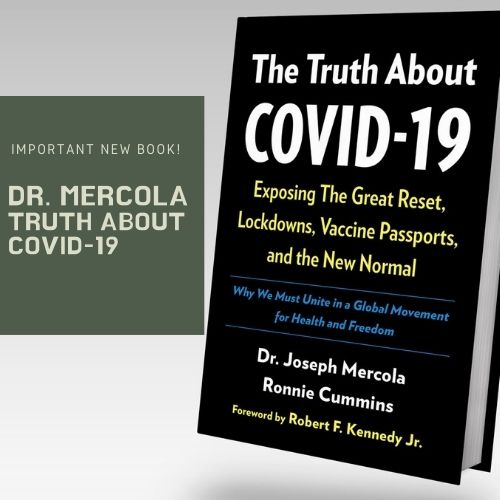
You might not know it, but chemicals deemed as safe by regulatory boards such as the EPA, may not be safe after all. A new study found that industrial pesticides are affecting the health of perfectly healthy pregnant women in San Joaquin Valley in California.

Scientists reveal that expectant mothers in the valley have a greater risk of premature birth of birth defects if they live near agricultural fields where pesticides are being used. Companies that create industrial pesticides have long been able to keep the toxicity of their products a secret no thanks to the EPA. The regulatory board has been known to favor corporations despite questions on safety raised by health experts.
(TFTP) An exhaustive new study is sounding the alarm over industrial pesticide use and its effect on human health. Pregnant women in California’s San Joaquin Valley have a significantly greater chance of premature birth or birth abnormalities if they live near agricultural fields with high pesticide use.
“[F]or individuals in the top 5 per cent of exposure, pesticide exposure led to 5 to 9 per cent increases in adverse outcomes.
The magnitude of effects was further enlarged for the top 1 per cent, where these extreme exposures (more than 11,000kg over gestation) led to an 11 per cent increased probability of preterm birth, 20 per cent increased probability of low birth weight, and about a 30g decrease in birth weight.”
The good news is that most do not experience birth problems, but the study tells us that pesticides do have an association with serious health problems. Focusing mitigation efforts on areas with high pesticide use could have a dramatic beneficial impact.
Hailed as a major advancement in scientific understanding, the study compared 500,000 birth records in the San Joaquin Valley between 1997 and 2011 with levels of pesticides used in the area. Researchers note that their study design “has far stronger statistical power to identify effects than previous studies,” and it allows us “to evaluate many details of the nature of pesticide exposure.”
The one “devil” is that they were unable to isolate the roles of specific pesticides, although their analysis can be applied for the type of crops sprayed—such as grapes, which receive about 50 kg per hectare per year of insecticides. Researchers “focused on aggregate chemicals grouped into high and low toxicity pesticides by their EPA Signal Word.”
www.thelastamericanvagabond.com
Image courtesy of: Breastfeeding Babies






